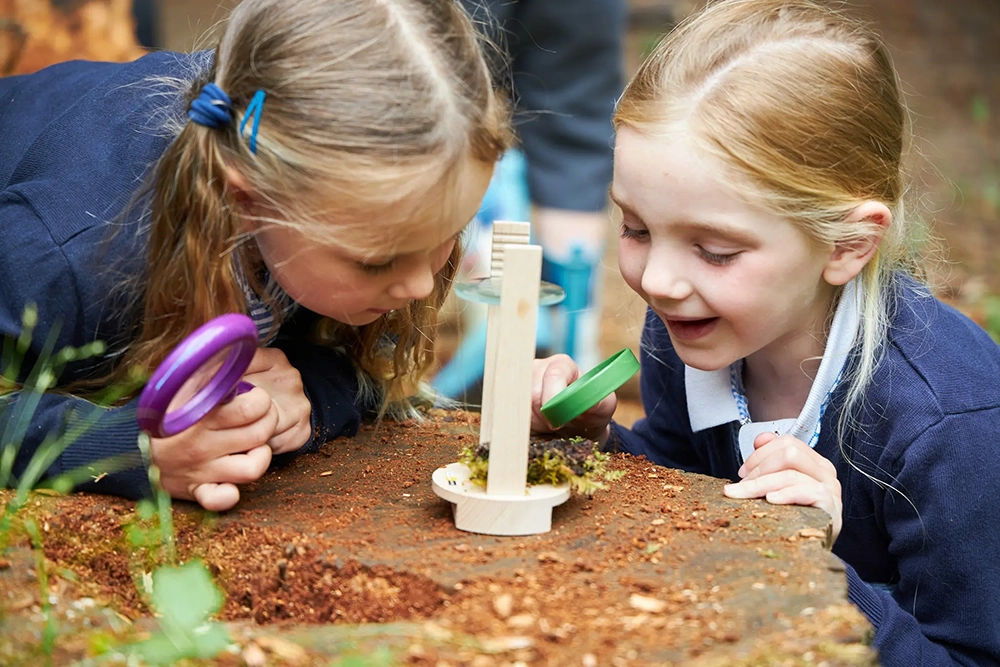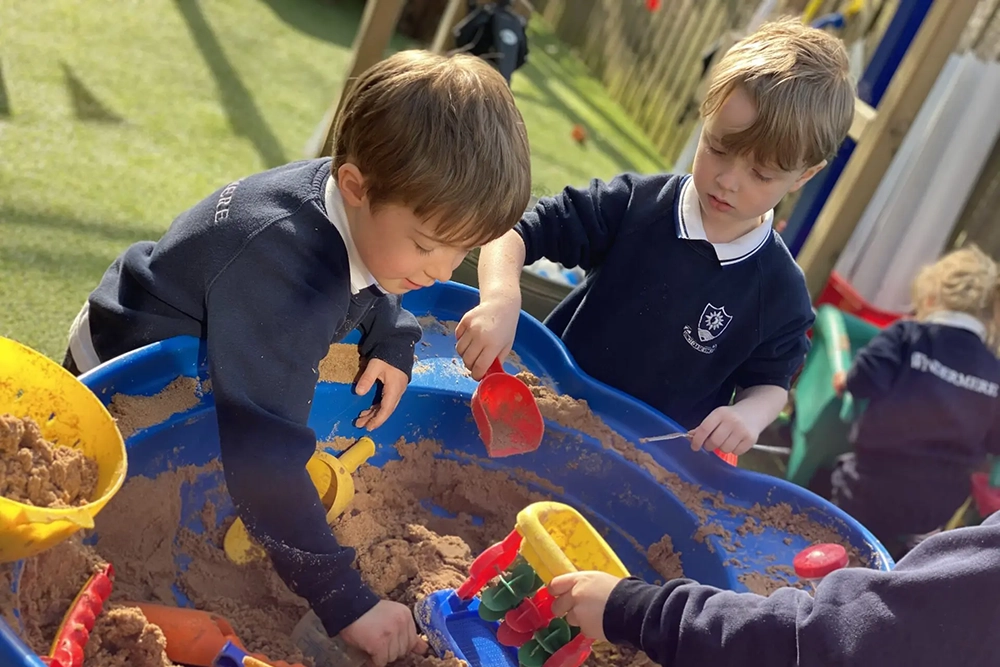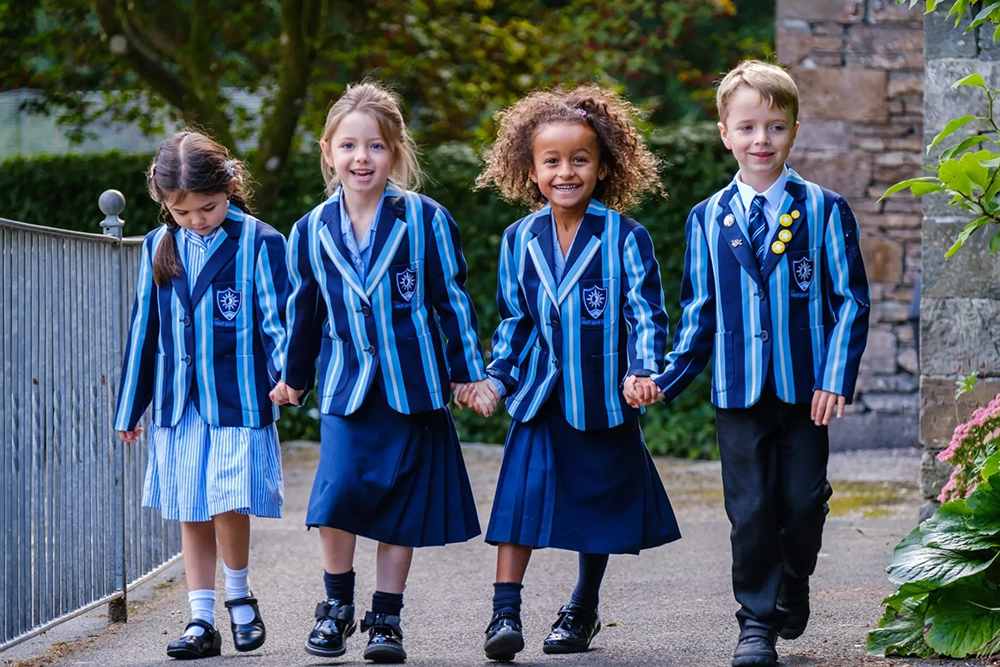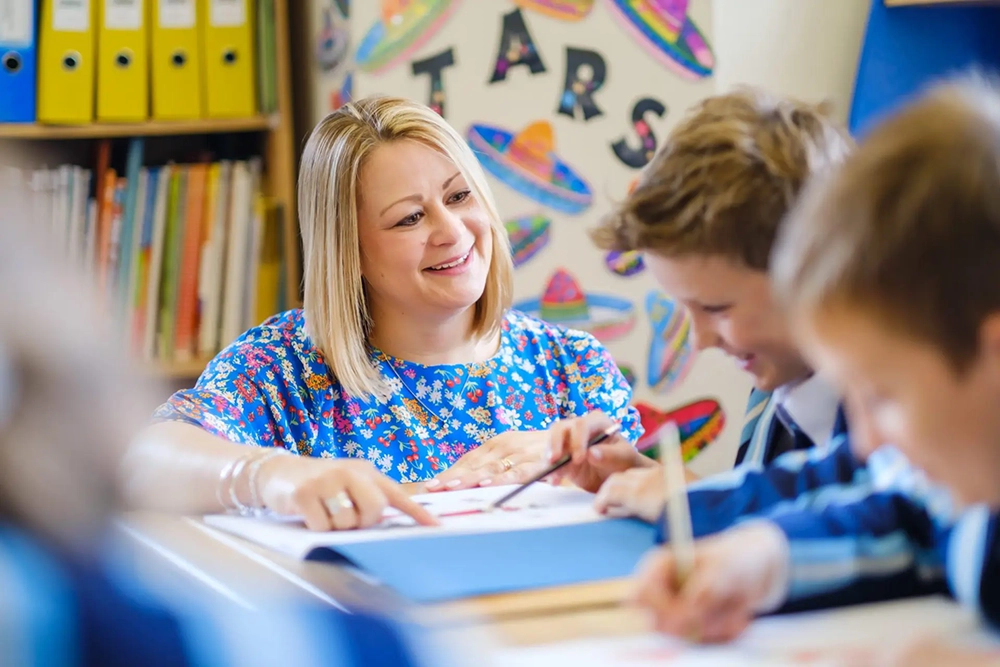Why choosing a small school makes sense
3 October 2023
Choosing a school is one of the biggest decisions you make for your child. A reasonable fear many parents with the average primary school now catering for upward of 400 pupils, often with multiple year groups within large classes.
Fortunately, there are other options. There are still small schools that are more conducive to individual care, while still achieving excellent academic outcomes. They are becoming rarer in numbers, but if you can access a small school for your child, you’ll find that in education, bigger is not better.
Small, single-stream schools are leading the way in more tailored and flexible learning programs. They also offer an environment that fosters empathy and positive wellbeing in a way that a large school never could.

1. SMALL SCHOOLS ARE ALL ABOUT RELATIONSHIPS AND CONNECTION
In a small school, children have a strong sense of connection. They mix with children from all year groups and learn to relate to people of all ages, for example, children at Windermere eat in their House groups, rather than their year groups. They can make friends based on interests and maturity rather than being limited to those who are chronologically their peers.
No child slips through the cracks. Their social, emotional and medical needs are known by all staff and the quirky little characteristics that make them special are appreciated.
Research tells us that belonging to close-knit communities is vitally important in developing a child’s resilience. It is also a protective factor against mental health issues and bullying. When kids have a feeling of belonging, they can breathe out and relax, and get on with the business of learning and thriving.

2. SMALL SCHOOLS ALLOW FOR CLOSE MONITORING AND TRACKING OF LEARNING DEVELOPMENT
Small classes (the average class size in our Junior School is 10) offer pupils tailored instruction to meet their learning needs. The low pupil to teacher ratio means the teacher has time to ensure your child’s learning program is pitched at a level where they are challenged but feel safe and supported. That is the sweet spot we look for in education. It is where the magic happens.
Parent contact with the class teacher is easy in a small school. It is such a relief to be able to regularly communicate with educators who are closely tracking learning development. These teachers understand where the challenges lie, and those challenges can be addressed quickly.
3. SMALL SCHOOLS ALLOW FLEXIBILITY IN LEARNING
With smaller numbers of pupils, hands-on learning is easy to organise and manage and the learning outcomes are great. There is much more freedom for collaborative pupil work and fun activities that bring learning to life.
Excursions can happen quickly and without fuss. Head of the Junior School, Jenny Davies said, “It is easy to load the children in our school minibus and head off into our stunning local environment to enjoy and share meaningful, real-life learning with them. It doesn’t have to be the logistical nightmare it can be in big schools.”

4. THE STAFF IN A SMALL SCHOOL ARE A UNIQUE ASSET
There is a special kind of teacher who is attracted to a small school. In order to work in such an interconnected and visible environment they must be confident, approachable and highly competent. There is nowhere to hide! The unprecedented work of Finnish researcher Pasi Sahlberg tells us this high teacher expertise has the greatest impact on learning outcomes.

To make an enquiry, please contact: admissions@windermereschool.co.uk or fill in our enquiry form >



